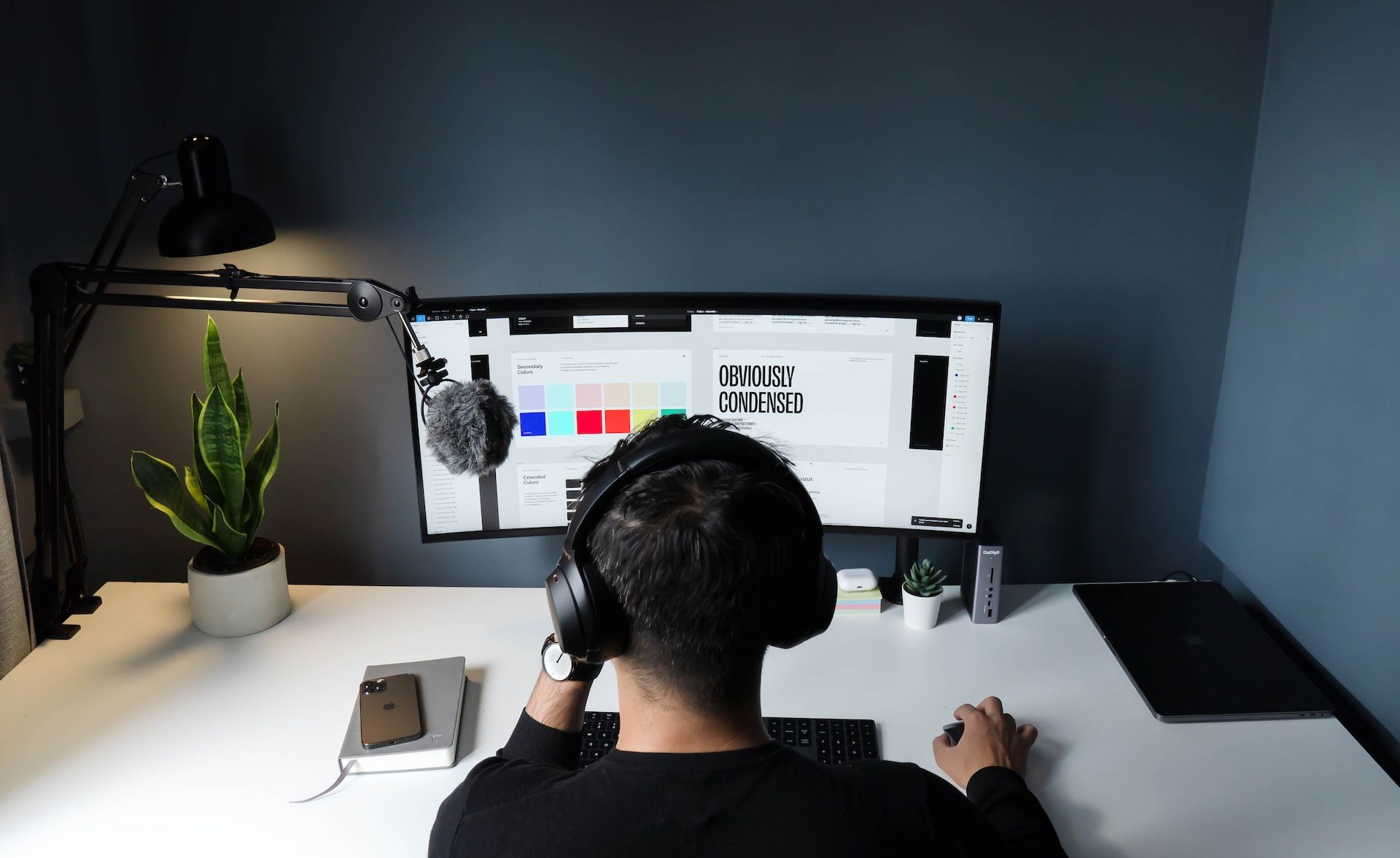We judge books by their cover all the time.
And why not? Book covers are not the nondescript affairs that they once were. Modern ones give plenty of info about the book: there’s a plot summary, a short author bio, excerpts from reviews and recommendations, and more.
Lacking more detailed information, a book cover is a good way to decide whether to buy a book or not. And if you are a freelancer, your portfolio site is your “book cover”. Customers can, and will, judge your services based on your online presence, and any work you might show there.
In this post, we’ll give you 5 tips for creating the perfect portfolio site for your freelance business.
#1 It has to look good
As a freelancer in the modern world, you’ll have to compete with plenty of others in your field. Your website, thus, has to look good and professional enough as to not throw off potential customers when compared to the websites of your competitors.
Fortunately, you can get a professional looking portfolio style website quite easily. If you’re slightly technical, most major hosting providers offer one-click WordPress install and cheap professionally made themes.
For something more turnkey, there are platforms such as Squarespace, Behance, and Wix that allow you to easily create and run a personal website, plus specialized portfolio services per industry (e.g. Adobe Portfolio for graphic designers, 500px for photographers, GitHub Pages for programmers, etc.).
#2 It has to be informative
You could have the best-looking website in the world, and it would bring you absolutely no customers if it’s not also informative.
At the very least, it should clearly inform potential customers who you are, what kind of experience you have, some ballpark figure of what you might charge them, and other such things. Clear instructions for how people can contact you (and/or a contact form) would not hurt either.
So sit down and write a few pages worth of content: a short CV/bio, a description of what services you offer, and anything else that a customer would want to see if they were looking for a professional in your field.
#3 It has to have your best work
This should go without saying, but it’s surprising how few freelancers understand it. So, here it is:
Don’t put anything and everything you ever did on your portfolio site. In particular avoid early work that is not up to your current standards, work that shows you in a bad light, experiments that you did to improve your skills but you are not particularly proud of, etc.
The customer doesn’t need to see all the projects that you ever did, and even if they wanted, they wouldn’t have the time for that either. They want to see the best you can do, and to get a clear picture of what you are good at.
#4 It has to be frequently updated
You’ve created a nice looking portfolio website and you’ve uploaded your best work. Great. Only, that was five years ago.
Your once current looking website now looks dated (2010 called: they want their design cliches back). And your list of projects ending abruptly around 2008 doesn’t inspire much confidence either.
It’s part of your job to maintain and refresh your online portfolio, at least twice a year. And if you have a blog, a Twitter or other social media account, you should update those much more frequently (but that’s for another post).
#5 It has to be for real
Everybody hates a website full of cliche phrases and stock photography. It just looks and feels fake.
If you want to win customers over you need to have your portfolio site feel real. Express yourself, add a hint of humor if you are a humorous person, let your sensitivity show, and in general be genuine.
In the same vein, avoid 10 dollar words, enterprise-y terms and fancy marketing speak. They won’t make your website look more professional, on the contrary, it will cheapen it out.
Conclusion
So there you have them. Five basic tips, for creating your online portfolio. We could have given you another 10 or 20 (and in a future post, we might) but those are the most important, big picture style, things you need to be aware of. For the rest, do a little reading up, and add a dose of common sense, and you’ll be just fine.




